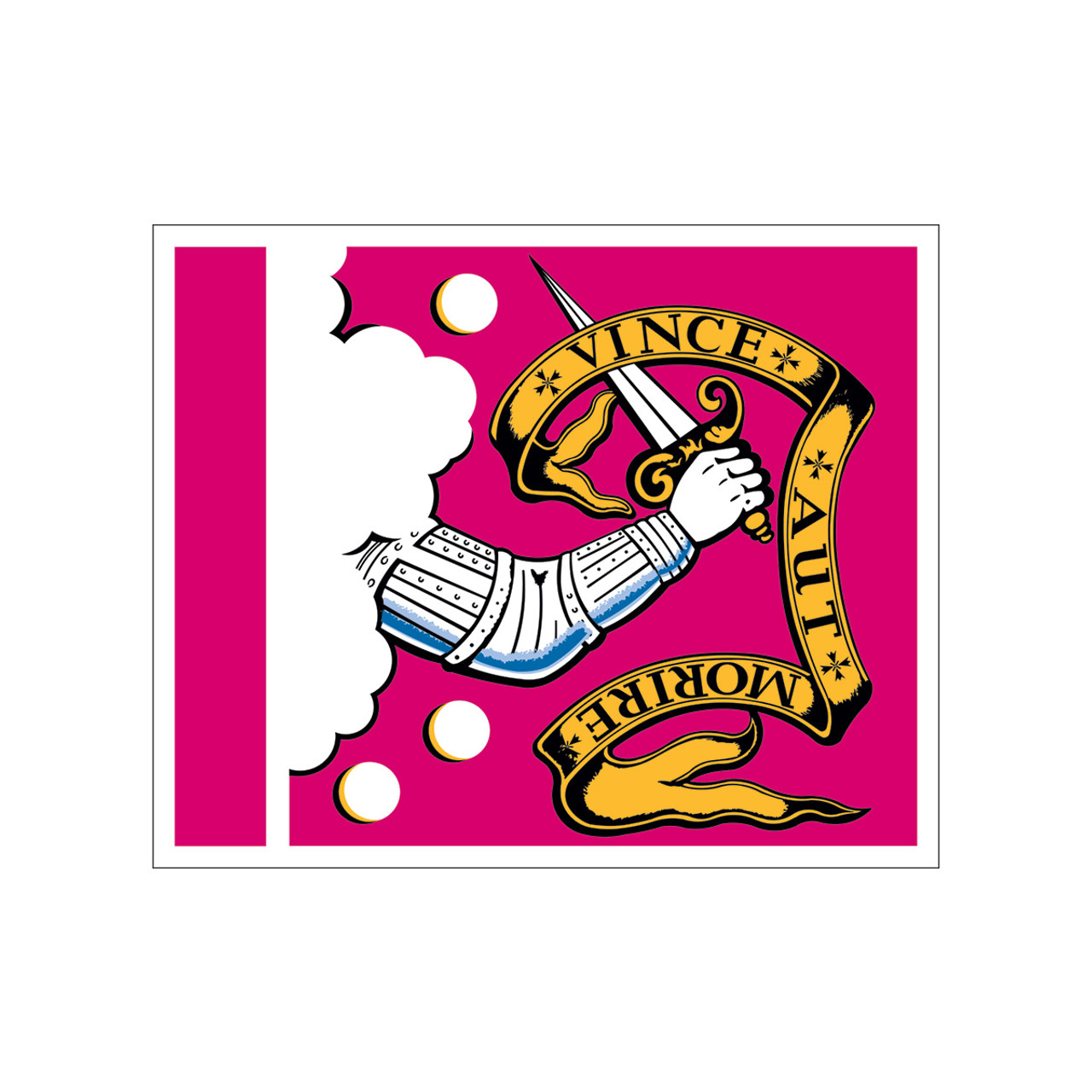Product Description
Our Nylon fabric goes by many names; Durawavez, Endura-Nylon, Perm-Nyl, or simply Nylon. Our Heavy-Duty Commercial Grade Dupont Solarmax material with Sunscreen. The best nylon on the market! Perfect for flying outdoors, our 200-denier fabric allows for flyability in light breezes and the durable Lock Stitching extends the flags life longer than printed or even chain stitched flags. The quick drying of nylon allows for longer color retention! Our sizes vary between 12” x 18” all the way to a 50’ x 80’!! All flags are Made in the USA!
This Bedford Minutemen Flag features:
- Rich, Vivid Color
- Durable
- Mildew Resistant
- Moth-Proof
- 200 Denier Nylon
- Light Breeze Flyability
- 4 Rows of Lock Stitching on the Fly End
- 2 Row of Lock Stitching on Header
- Made in America
The Bedford Flag is the oldest flag in the United States. It has seen the Battles of Lexington and Concord in 1775 being flown by the Minutemen of Bedford, Massachusetts. The flag was originally made of silk damask and measured around 27 inches by 29 inches. The design on the flag is that of an armored arm holding a straight sword with a banner flowing across the fly ends. The Latin in the banner, VINCE AUT MORIRE, translates to “Conquer or Die” which is a very fitting attitude for how we felt as a country trying to gain its independence.
Legend has it that the Page family was the original owner of the flag and Nathaniel Page, who was indeed a Minutemen himself, carried the flag into the Battle of Concord. The reason why it has fallen into the status of “legend” is because there isn’t much evidence of the flag being on the battlefield. In later memoirs, depositions, diaries, or testimonies, on either the British or Colonial side, there is no direct mention of the Bedford flag. The only evidence found is Page’s father, John “Cornet” Page, having been commissioned into the Minutemen in 1737 and was the “officer’s duty to bear the unit flag”. Bedford and Billerica town records show that a Page could have been bearing the Bedford flag for the local militia as early as 1720.





